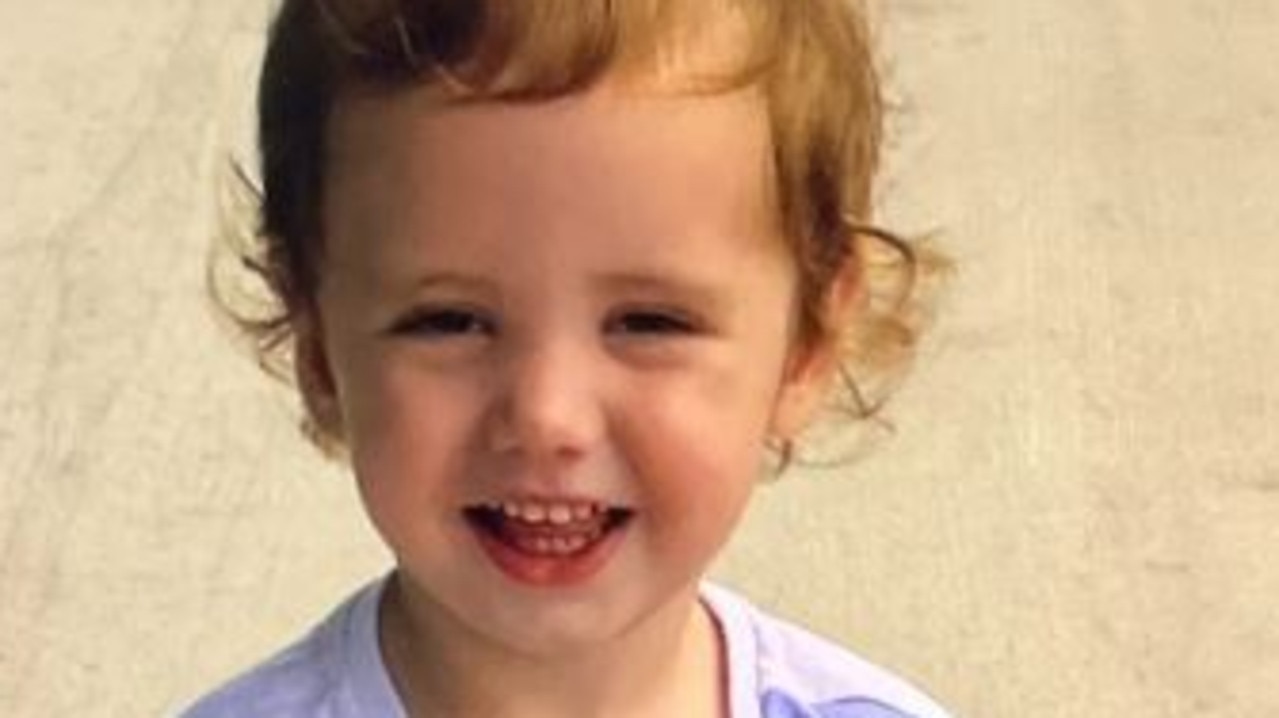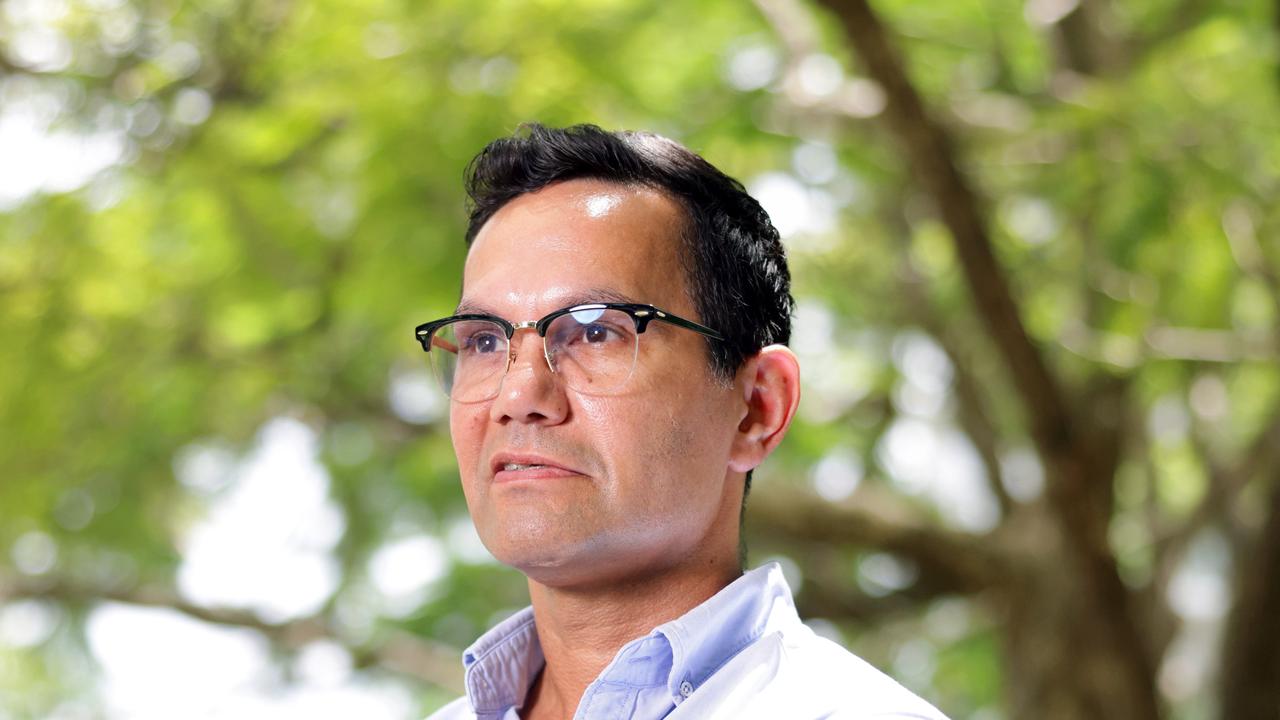Inside the baby factory: I’m one of the $10 drive-through babies in a cup
Kerri Favarato is delighted to have found her biological dad – a prominent Brisbane doctor – but is angry about the long, dark journey to the truth and concerned for others who could be just like her. This is their story.
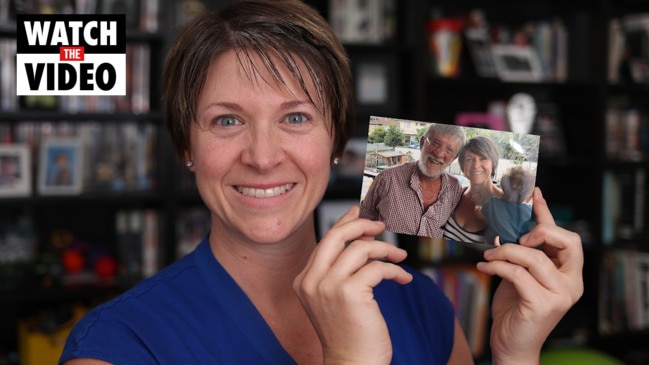
QLD News
Don't miss out on the headlines from QLD News. Followed categories will be added to My News.
Two or three times each week, Donald ‘Digger’ Whittaker would provide a sperm sample to a Brisbane clinic where doctors were pioneering donor conception medicine.
He did this for five years.
The Salisbury man knows of seven donor-conceived children but one of his biological daughters believes he could have at least 100.
Dr Whittaker was one of dozens of medical students from the University of Queensland in the late 1970s and 1980s who donated sperm to childless couples as part of an innovative program.
The clinic at Wickham Tce was run by respected fertility medicine doctor Dr John Hennessey, who had rooms with three other doctors.
The medical students were targeted as they were well-educated and thought to be willing to help advance medical science.
‘DROPPED OFF ON A LEDGE’
The clinic’s work was well-intentioned but the processes were undeniably loose by today’s standards and have left lingering questions and painful consequences which have spanned decades for donor conceived children.
There are also allegations that the clinics took extreme measures to protect the identities of the donors whose anonymity had been promised. Donors would often drop off their sample in the carpark of the clinic on a designated ledge – a simple process.
No need to even leave the car.
“At the time, myself and some other students were taking part in research about the vitamin C levels in sperm,” said Dr Whittaker, now 67 and retired.
“As part of that work we gave samples. It turned out that I had high-quality sperm and the researcher in the project asked me had I considered donating. That is how it started for me. We were paid $10 for a sample. But I didn’t do it for the money. I donated just in the way you would donate blood for a blood transfusion. It was a medical necessity and I wanted to help.”
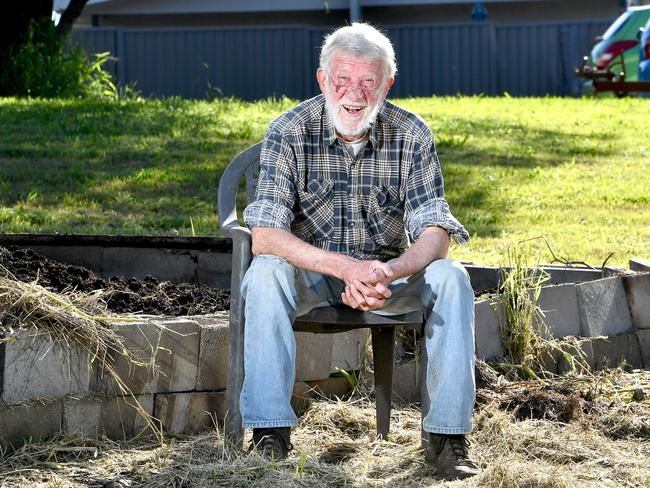
The students were told the donations were anonymous and it’s clear some believed that guaranteed they would be able to get on with life – and raise their own families – without the prospect of their other biological children tracking them down.
Dr Whittaker has little sympathy, saying he knew that one day the developments in DNA science would allow anyone he helped conceive to find him and he was honest with his family, including two children.
“When the kids were under 10 I told them that when they got older they needed to have a genetic test if they were in a relationship in case they were with a donor sibling. They always thought it was a bit of a giggle,” he said.
“I never had anything to hide. I’m an open book so whatever the future would bring I was ready.”
And in February 2016 he received the call he knew would one day come.
HI, YOU’RE MY DAD
Bracken Ridge woman Kerri Favarato, now almost 40, was one of the Wickham Tce clinic babies and Dr Whittaker was her biological father. Ms Favarato only tracked down Dr Whittaker after years of detective work, because of what she describes as a 20-year journey involving devastating obstacles from the clinic.
“Digger told me what happened back then and it wasn’t long before I realised I was one of those $10 babies created from a cup of sperm dropped off on a shelf in a car park,’’ Ms Favarato says now.
“The thought of how I was created in that way destroys me. But the day I lifted the phone and called Digger and he was happy to meet me was amazing – and something I had desperately wanted for 22 years. He is the best.”
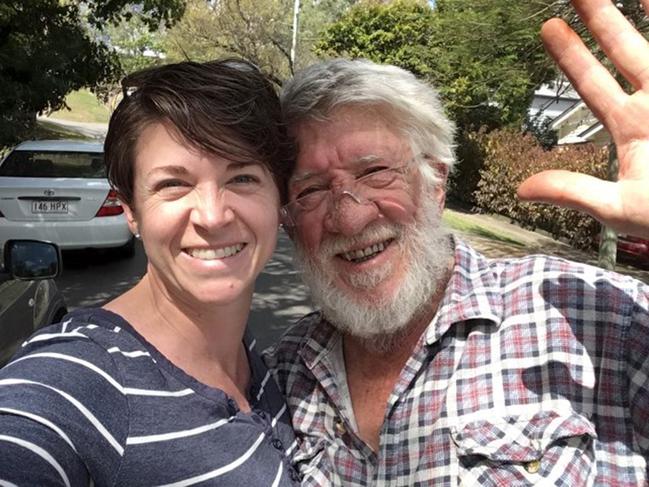
In 1981, Ms Favarato’s mum and dad sought help to have a baby at the Wickham Tce clinic.
“My mum went to the clinic and was looked after by Dr Warren DeAmbrosis, who was a protégé of well-known Dr Hennessey,” Ms Favarato said.
“She paid $50 for a sperm sample that she would have inseminated. It worked, so that was the year I was conceived.
“It wasn’t until I was turning 13 that I found out that my dad wasn’t actually my biological dad and I was donor-conceived. That set me off on a long, dark journey. I feel like I saw the worst of how donor-conceived babies are created.”
SHE’S MY ‘SORTA DAUGHTER’
The years of searching for her origins took a huge toll on Ms Favarato’s mental health and left a big hole in her bank account paying for counselling services before she finally found Dr Whittaker.
“The joy of finding Digger is unexplainable but I can’t forgive the torture I have gone through to simply find out where I came from,” she said. “It has been a need in me that just wouldn’t go away. At one point I was sitting for 18 hours a day at a computer with a screaming baby on my knee building a DNA family tree that I hoped would lead me to my roots. It has been all- consuming.”
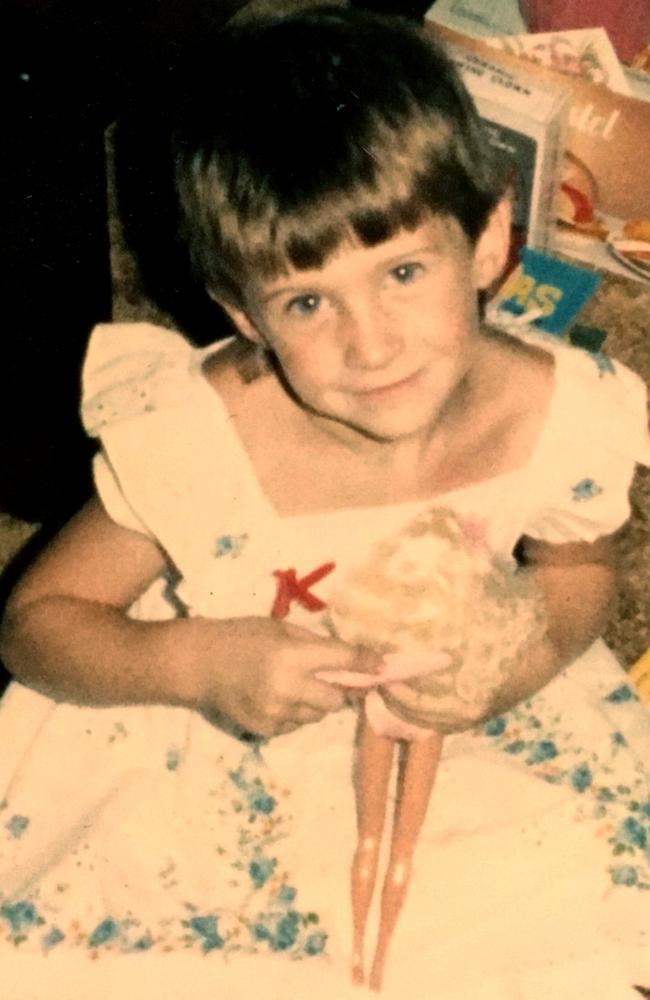
She connected to her biological father through a fourth cousin on her wide reaching tree. Dr Whittaker calls her his “sorta daughter”.
“I was horrified to find that Digger would drive to the clinic car park and just leave the sample there behind a dirty post on a shelf – it was like a drive-through deposit, a baby manufacturing industry,” Ms Favarato said.
“When I think of how many times he donated over the years, he could potentially have at least 100 donor-conceived children. I find that frightening. Those donor-conceived individuals now have children of their own, so they now have to live with the worry that anyone around them could have their DNA. The whole thing is multi-generational now.”
‘ALONE AND INVISIBLE’
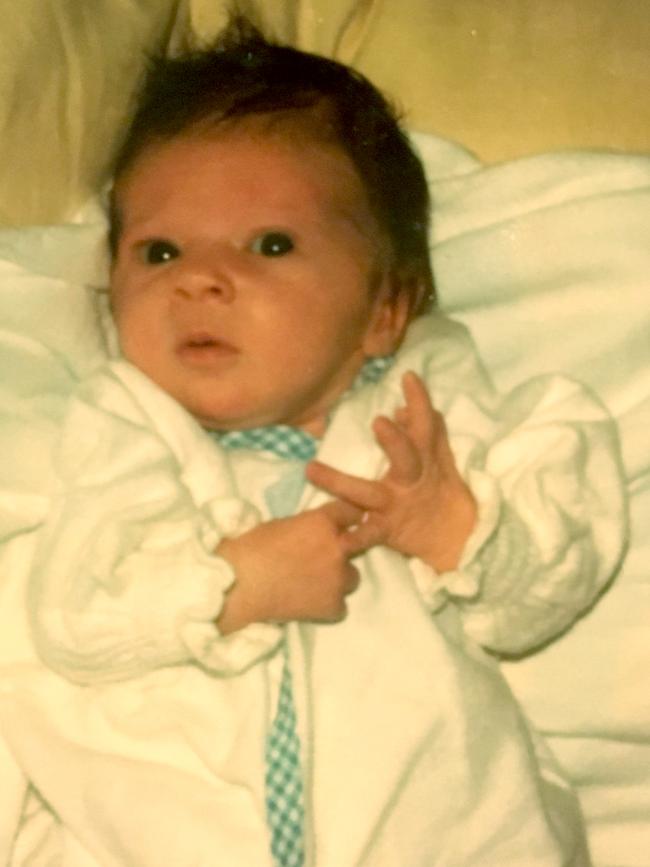
The Saturday Courier-Mail has previously revealed that a Queensland man unwittingly fathered 49 children through sperm donation, exposing flaws in the system and sparking fears his offspring could unknowingly have romantic relationships.
Ms Favarato said from the age of 16, she hounded the clinic for information on her conception and was knocked back time after time.
“It was clear they didn’t want me to find anything out,” she said. “First I was told the records were damaged in a flood, then they said a fire and then I was told they were dumped.
“I felt alone, invisible, worthless and unsupported. There were many times I wished I wasn’t alive.
“There were so many times people would tell me ‘you were loved and wanted by your parents’, but all I can think is that I was created out of a cup dumped in a dirty car park,” she said.
In 2015, Ms Favarato had a sit-down meeting with her mother’s fertility doctor, Dr DeAmbrosis.
SECRETS OF THE CLINIC
Ms Favarato kept a record of that conversation – she is a former legal secretary and a stickler for keeping information.
She provided the Saturday Courier-Mail with a copy of her notes she took that day.
“The doctor was incredibly blunt and some of the stuff he revealed about the donor conception processes I found to be incredibly shocking,” she said.
The recorded notes claim Dr DeAmbrosis revealed that the doctor would keep a sperm sample sitting on his desk and would use that same sample for the insemination of several women in just one morning. Samples were not frozen then.
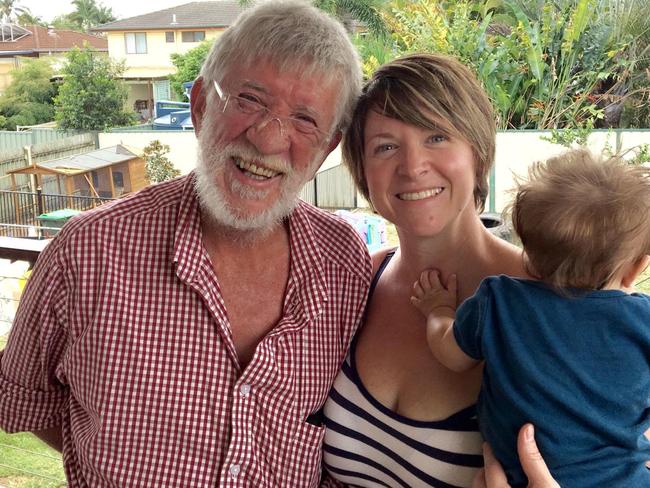
The notes claim Dr DeAmbrosis said the donors were not given any contracts to say they would remain anonymous – it was simply a “no questions asked” policy.
That records were often stored under initials, the donations were all from caucasian men, and women did not get to choose a donor, but simply used whatever was available.
No counselling was available to either couples or donors.
“It is time for doctors to admit that there were massive stuff-ups,” Ms Favarato said. “I would even like to see a Royal Commission into the handling of donor conception back then.”
Dr DeAmbrosis and Dr Hennessey were founding members of the Queensland Fertility Group in 1983. It is not suggested that Dr DeAmbrosis is responsible for the clinic’s responses to Ms Favarato.
He declined to comment about the recorded notes taken by Ms Favarato in 2015.
‘A MEDICAL PIONEER’
A spokesman from Queensland Fertility Group said he knew of the work of the pioneering obstetricians and gynaecologists at the Wickham Tce back in the early 80s.
He said that the clinic was “spectacularly successful” at the time in donor conception due to the use of fresh sperm.
“I heard the stories of the early days of donor conception in Brisbane and of course some of the practices would not be accepted today,” the spokesman said. “The early ’80s were different times, and the pioneers were learning. From what I know of Dr Hennessey, he was always seeking ways to improve how things were run. He was always pushing for more donors to prevent women using the same sperm, seeking better record-keeping and he introduced counselling.
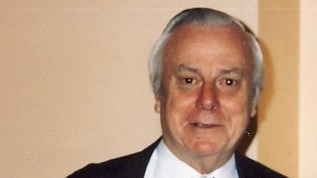
“Just as we don’t use leeches in today’s medicine, things were done 40 years ago that we have moved on from. Pioneers have to start somewhere. John Hennessey introduced a donor conception program which has persisted for more than 45 years. He has helped countless couples have babies back in a time when they would have thought their situation was hopeless,” the QFG spokesman said.
Dr Hennessey died in 2011. He received an Order of Australia for his contribution to medicine in 1986.
The spokesman said that today fertility clinics must keep good records of donors and that information must be made available to donor-conceived individuals when they turn 18.
“In 2004 the National Health and Medical Research Council guidelines changed to make donor information available. Clinics would lose their accreditation if they did not keep the records,” he said.
‘ANONYMITY IS DEAD’
But in her experience, Ms Favarato said she believes the regulations don’t come close to looking after those who are donor-conceived.
“Anonymity is dead thanks to DNA testing and all future donor conception situations should be managed with … openness from birth, not at 18, when it is too late,” she said. “Clinics need to admit they have stuffed up and now the babies they have created have grown up and are shouting from the rooftops.”
Ms Favarato’s birth certificate states her father is the dad she grew up with, not her biological dad.
“They are both relevant to my life, however to have my birth certificate corrected I need to have my dad removed,” she said. “How offensive is that? It would be great for donor-conceived people to have an additional box available.”




